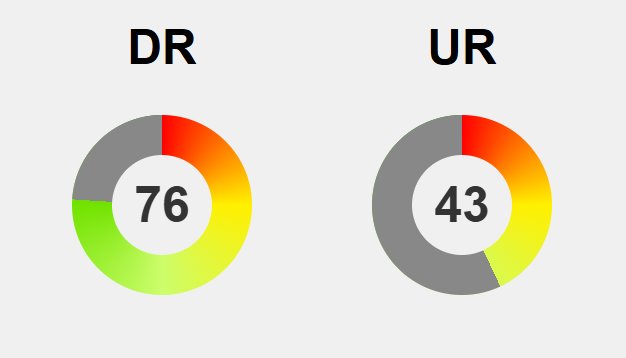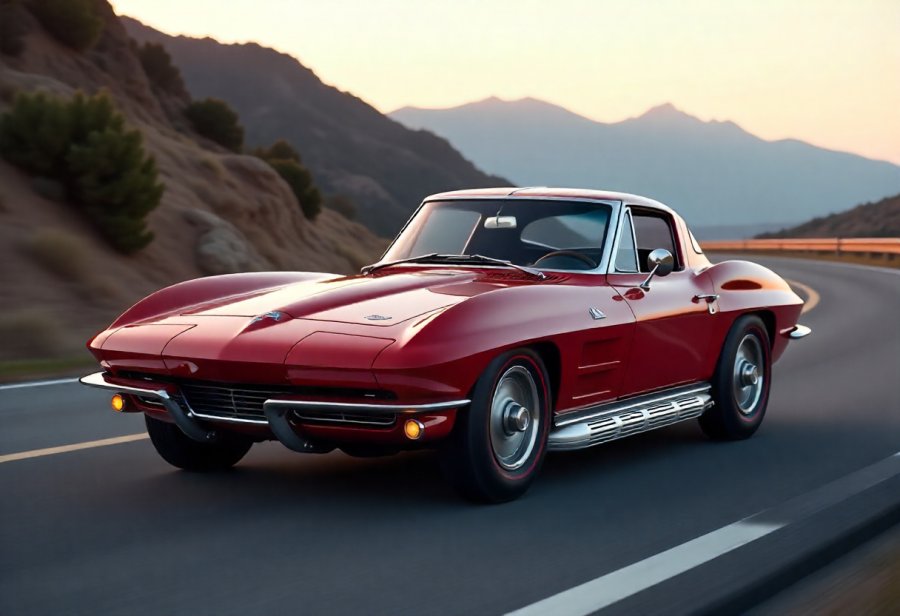The voyage of Christopher Columbus in 1492 is a story of daring exploration that forever altered global history—yet it is also fraught with controversy and painful consequences. His discovery of the New World opened pathways for unprecedented cultural exchange, trade, and globalization, symbolizing human curiosity and ambition. But beneath these achievements lies a darker reality: violent conquest, forced labor, and devastating epidemics that decimated indigenous populations and erased centuries of rich cultures. Today, the legacy of Columbus prompts us to question whether he should be celebrated solely as a pioneering explorer or acknowledged as a figure whose actions initiated centuries of suffering. How do we reconcile these conflicting narratives to understand his true impact? This nuanced perspective encourages us to look beyond myths, recognize the complex legacy he left behind, and confront the ongoing debates about history, justice, and remembrance—reminding us that exploration’s progress often came at a profound human cost.
Unveiling Columbus’s Complex Legacy: Triumph and Tragedy
Christopher Columbus’s voyages in 1492 mark a pivotal moment in world history, often remembered as the start of European contact with the Americas. His name has become synonymous with the “discovery” of a new continent, yet this label simplifies a story filled with complexity and contradiction. Columbus’s journey was driven by ambition, curiosity, and a desire to expand European influence, setting in motion events that would reshape global trade, culture, and politics for centuries to come.
His exploration opened the door to unprecedented exchange between continents—the Columbian Exchange—introducing new crops, animals, and ideas that transformed societies across the Atlantic and beyond. But alongside these advances came darker consequences. Columbus’s actions laid the groundwork for centuries of colonization marked by conquest, displacement, and cultural erasure for indigenous peoples. These dual outcomes highlight how exploration can lead to progress and human suffering simultaneously.
Today, Columbus’s legacy is viewed through a more nuanced lens. Celebrated by some as a pioneering explorer who expanded the known world, he is also increasingly seen as a figure associated with violence, exploitation, and the destruction of native cultures. The debates over statues, holidays, and history reflect a broader effort to confront the full scope of his impact—acknowledging both his role in connecting worlds and the profound human costs that came with such “discovery.”
Understanding Columbus’s story requires moving beyond simple hero or villain labels. His voyages initiated a new era of global interaction, but they also ushered in a period of colonization that inflicted lasting trauma on indigenous populations. Recognizing this complexity helps us appreciate how historical figures can embody both inspiring daring and troubling consequences. It invites us to examine the deeper implications of exploration—its capacity to unite and divide, to create progress and cause pain.
The narrative of Columbus’s legacy continues to evolve as societies grapple with what his deeds truly represent. Acknowledging both achievements and atrocities fosters a more honest, inclusive story—one that respects multiple perspectives and emphasizes the importance of historical nuance. By doing so, we can better understand how a single voyage reshaped the world in ways that are still felt today, shaping debates about identity, justice, and the legacy we choose to remember.
From Genoa to the Globe: Columbus’s Roots and Early Dreams
Christopher Columbus was born around 1451 in Genoa, Italy, into a humble family. His father, Domenico, worked as a wool weaver, and his mother, Susanna, came from a family involved in trade. Growing up in this bustling port city, Columbus developed an early fascination with the sea. He spent much of his childhood exploring the coastline and dreaming of distant lands, driven by a curiosity that set him apart from many of his peers.
In Genoa’s lively maritime environment, Columbus learned navigation, seamanship, and trade by working aboard merchant ships. These hands-on experiences gave him a solid foundation in sailing and understanding ocean currents. As he gained more sea miles, his interest in geography deepened. He became convinced that the world was larger than most believed and that a shorter route to Asia might be possible by sailing west across the Atlantic.
By his teenage years, Columbus was already sailing along the Mediterranean coast, honing his navigation skills and gathering practical knowledge. His fascination with ancient geographers like Ptolemy grew stronger, fueling his belief that a westward route to Asia could exist. Despite widespread doubts, he remained confident that the Earth was round and that the ocean could be crossed. His relentless curiosity and dedication to exploration set him on a path that would eventually change history.
Columbus’s early years were marked by a deep love of discovery and a desire to explore beyond familiar horizons. He read widely, studied maps, and discussed his ideas with sailors and scholars, fueling his conviction that new lands awaited across the Atlantic. Even when others dismissed his plans as overly optimistic, he persisted, driven by the belief that he could find a shorter, faster route to the riches of Asia. These formative experiences laid the groundwork for the daring voyage that would reshape the world.
Crossing the Unknown: The Daring Voyage of 1492
Columbus’s first voyage across the Atlantic was a remarkable feat of navigation, ambition, and resolve. After years of seeking support, he finally persuaded Spain’s Queen Isabella and King Ferdinand to back his daring plan. They funded three ships—the Santa María, the Pinta, and the Niña—small but sturdy vessels designed to brave the open ocean. Setting sail from Palos de la Frontera on August 3, 1492, Columbus’s fleet embarked into the vast, uncertain waters, fueled by hope and a desire to find a new route to Asia.
The journey was perilous and filled with doubt. Weeks at sea brought storms, rough seas, and mounting tension among the crew. Many sailors questioned whether Columbus knew where he was going or if they were sailing into the unknown’s edge. Storms battered the ships, and fears of sailing off the world’s edge grew stronger. Columbus’s unwavering confidence reassured his men, insisting land was just beyond the horizon, even as days stretched into weeks without sight of land.
Finally, on October 12, 1492, land appeared on the horizon. Columbus believed he had reached Asia’s outer islands, but instead, he had stumbled upon a previously unknown continent. He named the island San Salvador, realizing he had discovered a “New World”—a vast, uncharted land that would change history forever. His ships brought back news of the Caribbean, prompting further exploration into Cuba, Hispaniola, and Central America, even as Columbus remained convinced he had found the eastern reaches of Asia.
The encounters with indigenous peoples marked the beginning of complex and often tragic interactions. Columbus’s explorers searched for gold, resources, and new territories, mapping the coastlines as they went. But the voyage was not just about discovery; it was about survival amid unfamiliar climates, tropical storms, and the unknown dangers of these new lands. Despite the hardships, Columbus’s ships returned to Spain with stories of riches and new lands, igniting European enthusiasm for further exploration.
This voyage was a leap into uncharted territory, opening a new chapter in global history. It proved that crossing the Atlantic was possible, challenging long-held beliefs about the world’s limits. Yet, it also marked the start of colonization efforts that would have profound and often devastating impacts on native populations. Columbus’s discovery set in motion a wave of exploration and conquest, forever altering the course of history and shaping the interconnected world we recognize today.
This historic voyage remains a pivotal moment in exploration history, inspiring countless expeditions that followed. For those interested in learning more about the significance of Columbus’s journey, exploring detailed accounts and analyses can provide deeper insights into its lasting impact. To understand the broader context of this discovery, you can visit the story of Columbus’s voyage and see how it shaped the course of world history.
Dark Shadows of Colonization: The Human Cost of Columbus’s Conquests
Columbus’s arrival in the Americas set off a brutal chain of events that had devastating consequences for indigenous populations. His methods, driven by greed and a desire to claim territory, often involved violence, forced labor, and displacement. Native peoples faced brutal acts of warfare and intimidation aimed at controlling their communities, with Columbus’s methods laying the foundation for a colonial system built on exploitation.
One of the most infamous systems he introduced was the encomienda, which effectively enslaved native peoples to work in mines and plantations under harsh conditions. This system stripped communities of their autonomy, using threats and violence to enforce compliance. Entire societies were decimated as their populations collapsed under brutality and the rapid spread of diseases like smallpox, measles, and influenza—illnesses brought by Europeans to which indigenous peoples had no immunity. These epidemics caused catastrophic mortality rates, wiping out entire villages within months and leaving survivors traumatized and displaced.
The spread of disease was perhaps the most profound tragedy of colonization. Entire civilizations, with rich social, political, and cultural structures, were dismantled by the simple yet devastating introduction of new illnesses. Societies that had thrived for centuries were suddenly confronted with the obliteration of their ways of life, their social fabric torn apart. Columbus’s aggressive pursuit of gold and resources fueled ongoing violence, further eroding indigenous communities and their cultures.
Beyond physical destruction, colonization systematically eroded indigenous identities. Sacred sites were destroyed, languages lost, and traditional practices suppressed under European influence. This cultural erasure inflicted lasting trauma, as native communities were forced to abandon their ancestral ways and adapt to imposed systems of governance, religion, and social order. The legacy of these actions continues today in ongoing struggles for indigenous rights, recognition, and sovereignty.
Historians and indigenous communities now recognize Columbus’s role as a catalyst for centuries of exploitation and cultural destruction. His voyages initiated a wave of colonization that displaced millions and altered the course of history—often at a terrible human cost. Acknowledging this darker side doesn’t diminish his role as an explorer but emphasizes the importance of understanding the true scope of his impact.
The story of Columbus’s colonization efforts is a reminder of the violence that often accompanies expansion. It challenges us to view history with nuance, recognizing both the achievements of exploration and the human suffering it caused. This complex legacy urges us to reflect on how we remember the past and whose stories are prioritized, fostering a more honest and inclusive understanding of history.
Reckoning with the Past: The Enduring Debate Over Columbus’s Legacy
The story of Columbus’s legacy continues to spark intense debate, reflecting how perceptions of his impact have evolved over time. For centuries, he was celebrated as a pioneering explorer whose voyages opened the door to a new era of global connection, trade, and cultural exchange. His journey in 1492 set in motion the Columbian Exchange, transforming ecosystems, diets, and economies worldwide. Many see him as a symbol of human curiosity and daring—traits that pushed the boundaries of what was believed possible and laid the groundwork for modern globalization.
But these celebrations sit alongside a growing recognition of the darker side of his story. Critics emphasize the violence, displacement, and cultural destruction that accompanied European colonization, initiated by Columbus’s arrival. Indigenous communities faced brutal exploitation, forced labor, and devastating diseases that wiped out entire populations. These consequences cast a long shadow over his achievements, prompting a reevaluation of how we remember this figure. Statues have been removed, and holidays reconsidered, as society struggles with the full scope of colonization’s consequences.
This shifting perspective underscores the importance of viewing history from multiple angles. Celebrating Columbus’s role in connecting continents doesn’t mean ignoring the pain inflicted on native peoples. Recognizing both sides helps develop a more nuanced understanding—one that respects the complexity of his impact. It pushes us to see him not simply as a hero or villain but as a symbol of exploration that carried both progress and profound human costs. Such a balanced view encourages reflection on how stories are told and whose voices are amplified.
The debates extend beyond history books—they influence how societies shape their collective memory today. Movements to remove Columbus statues and rename holidays reflect a broader effort to acknowledge the full scope of colonization’s human toll. These actions challenge us to confront uncomfortable truths, fostering a culture of honesty that respects indigenous experiences often marginalized or erased. It’s a reminder that history is not static; it evolves as society seeks a more inclusive and truthful narrative.
By embracing this complexity, we deepen our understanding of exploration’s role in shaping the modern world. Columbus’s voyages marked a turning point—an act of daring that expanded horizons but also initiated centuries of exploitation. Recognizing both achievements and atrocities allows us to learn from the past, ensuring progress is paired with respect for human dignity. It invites us to reflect on how we remember and honor history, balancing admiration with acknowledgment of the human costs involved.







